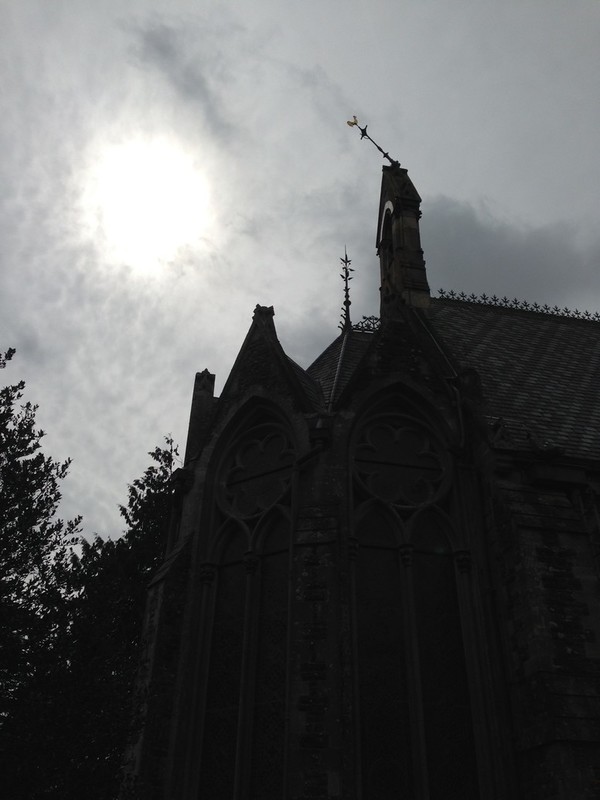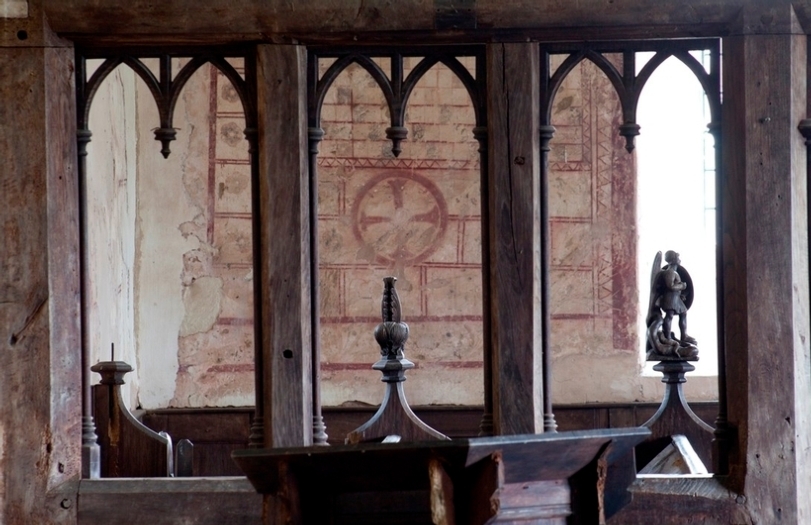Braving the elements: conservation and climate change
Climate change is one of the most significant challenges we face today. The impact of changing climatic conditions is already being felt across the UK as we experience increased and new flood risks, higher rainfall, warmer temperatures and an extended growing season. It is widely accepted that even if we successfully reduce carbon dioxide emissions there will be further substantial and irreversible changes to our climate. And as the work of the International Panel on Climate Change (IPCC) reminds us, we are perilously close to missing those targets. But what does it really mean for our historic buildings and landscapes, and how can we adapt to protect these precious assets?
A sobering statement from the risk assessment report 2017, produced for the Committee for Climate Change, indicates, ‘Although some strategic planning, risk assessment work, case and scoping studies have been done, and there is some understanding of how climate change might affect historic building materials, there is little or no systematically collected quantitative information on the level of current and future risk for the England’s historic buildings and their surroundings … There is therefore no national-level estimate of what risks these buildings are under from climate change.’
Despite the extent of the risk not yet fully identified, the implications of these major changes to our climate are far reaching and impact on everything that CCT does – from maintaining and conserving buildings to managing churchyards and caring for our staff and volunteers. Across our estate we are already dealing with issues such as storm damage, water ingress from driving rain and potential subsidence as land dries out. But the problem is not only one of immediate and future physical damage to buildings; the consequences of events such as flooding, or an increase in pests, have a long-term financial, cultural and emotional impact that is harder to quantify and plan for.
The climate in the UK has remained relatively unchanged for thousands of years. And although society and the landscape of our country have both altered greatly, our beautiful buildings have not been significantly affected – until now. The changing weather patterns increase both wind and water loading and can result in an increased rate of decay, especially on worn or fragile materials. Whilst traditional building materials normally allow water vapour to move through the building envelope, in order to remain dry and stable, high moisture loads resulting from persistent and driving rain can lead to prolonged saturation. This saturation increases the likelihood of damage from mobilised salts known as efflorescence, plaster failure and timber decay.

The internal conditions of the building will also be affected as high levels of moisture can lead to condensation increasing the prevalence of mould growth, wet and dry rot and insect attack. The issue of pests is an important one; not only are we seeing a widespread increase in moths, wood-worm and silverfish, but in the coming years, as species migrate north, we are likely to be dealing with new pests not currently found in the UK.
The conservation of historic buildings is a process of managed change and, while to some extent, the challenge ahead of us is an unknown quantity, there are many things that can be done to mitigate and adapt whilst ensuring our conservation principles are maintained. It is best practice to consider how elements of building fabric can be best maintained or, where necessary, improved or sensitively altered to increase their protective function. Quick wins for adaptation are roof and high-level stonework details, lightening protection and increased capacity for rainwater goods and drainage.
Assessing elements of buildings such as valley gutters, rainwater sumps and the detailing of flashings to ensure that they can cope with larger volumes of water is very important. Equally, however, the addition of rainwater goods to buildings is not always the best option, as blockages or failure can lead to localised damage. In churches with delicate wall paintings, such as St Michael’s Church in Herefordshire, with its 13th-century painted scheme, water ingress of this kind could cause catastrophic damage. Extending the eaves of roofs that traditionally did not have gutters is a more expensive but potentially better option than adding rainwater goods because it avoids this risk and requires less maintenance in the long term.
The churches that we look after are socially and architecturally important, but they sit in an interconnected system of both the built and natural environment. Churches and churchyards are refuges for wildlife and stepping stones of habitat within our increasingly nature-deprived landscape. Adapting to climate change will require thinking holistically and beyond just the building fabric.
The processes involved in managing a historic estate go a long way towards increasing the resilience of the buildings and are a key part of adapting to new conditions. A regular maintenance regime has never been so vital to ensure that problems are caught early, new and existing issues are identified or monitored and risk is managed. In times of dwindling funding, a renewed focus on the importance of daily care and maintenance of buildings is required. As the impacts and risks of the changing climate become apparent, we will need to carefully assess our decision-making and adjust our practices accordingly. For example, we could increase the number of maintenance visits each site receives, alter the number of times churchyards are mown or invest to increase the capacity of rainwater goods.
This article was written by Morwenna Slade. It was originally published in the Spring 2018 issue of Pinnacle, The CCT's members' magazine. To join us as a member, click here.

